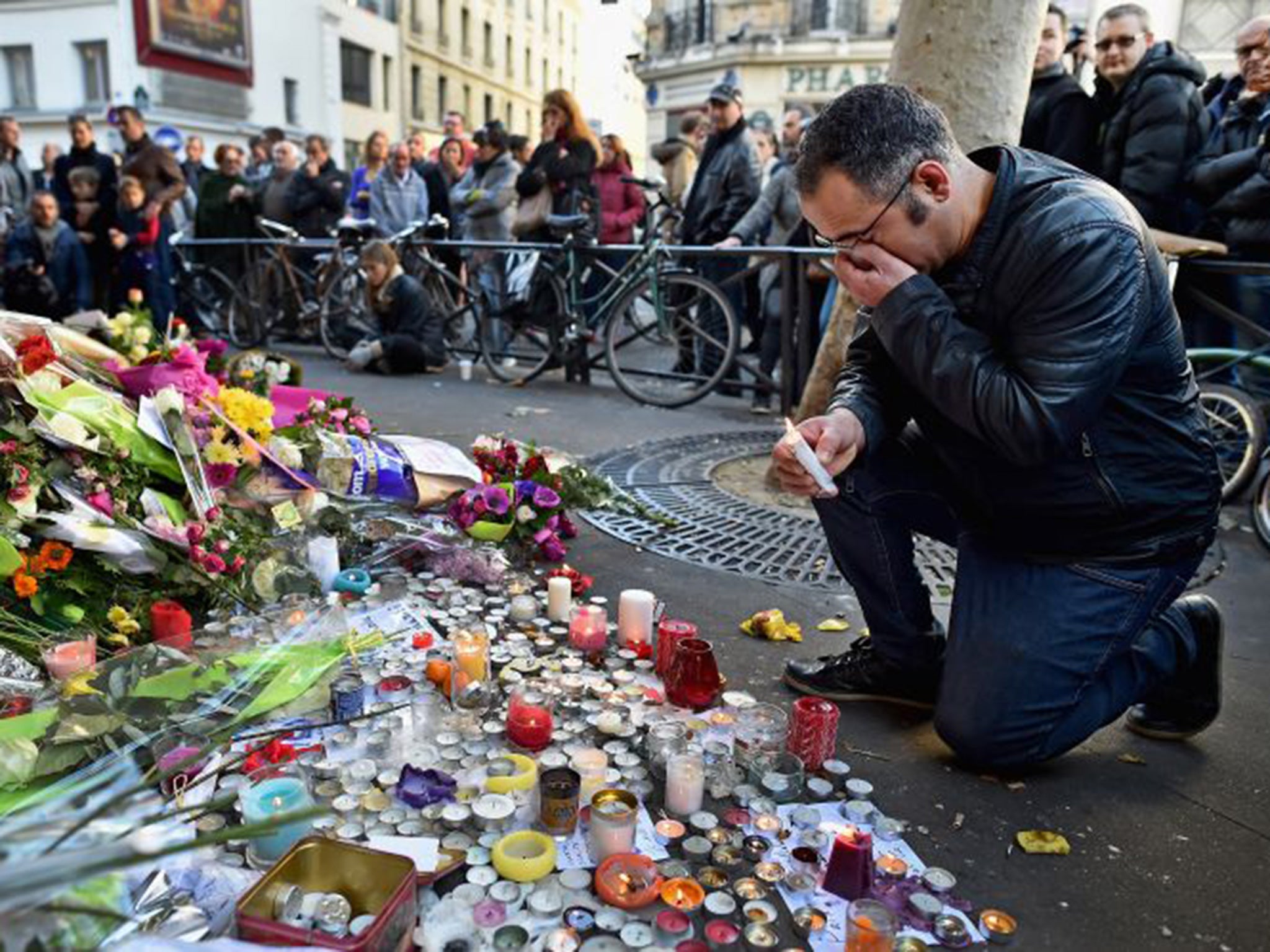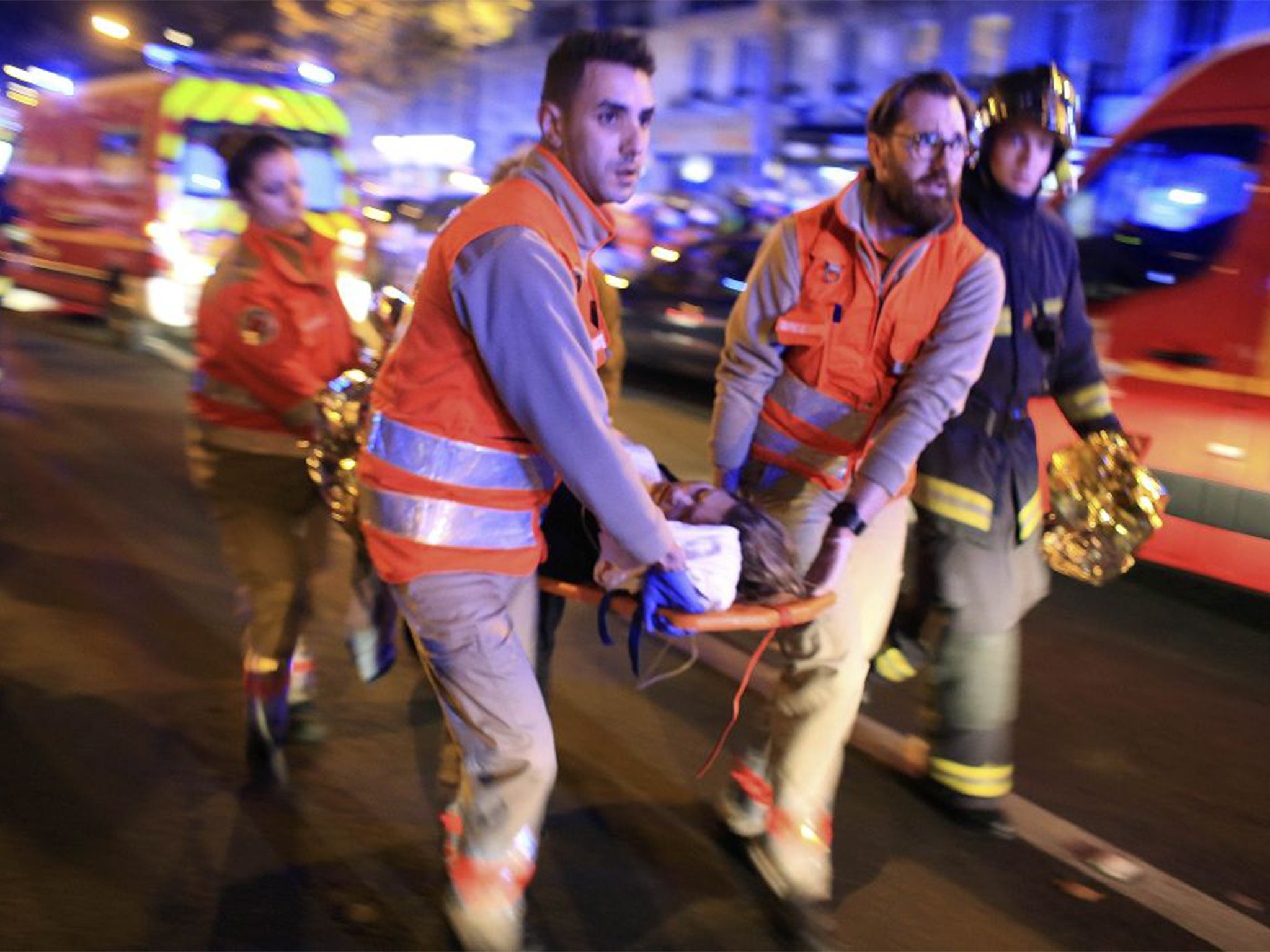Paris terror: What it really meant when France closed its border
Hundreds of roads lead into the country from the main neighboring countries

Shortly after several devastating terror attacks hit Paris on 13 November, French President Francois Hollande said he would close the country's borders. It seemed like a drastic step for a country that is part of the Schengen zone in Europe and has not had systematic border checkpoints in years.
But what happened next demonstrated how fragile the continental European security concept really is. In reality, France is unable to control its own borders. Hundreds of roads lead into the country from the main neighboring countries Belgium, the Netherlands, Germany, Switzerland and Spain.
Travelers trying to enter France from Britain through the Eurotunnel early on 14 November did not encounter passport controls -- just hours after Hollande's announcement. The confusion grew when airlines and railway companies said that their service between France and neighboring countries would continue.
Controls would enable authorities to regulate the influx of refugees. Many of them have come to Europe without having their identities checked, which has raised worries that terrorists might be able to easily enter countries like France.
There may be several reasons for the unwillingness or inability of French authorities to reintroduce real border checks. After the Charlie Hebdo attacks in January, multiple terrorists had been on the run -- a scenario that might have impacted Hollande's decision late on 13 November.
Another factor that probably played a role, however, is France's border infrastructure. Before the creation of a borderless Europe, guards would check the passports of all passengers on trains and in vehicles at the borders, and on planes. Often, they would also search travelers' personal belongings and suitcases.
But that system was abandoned years ago. Setting it up again would have taken some time. And there do not seem to be such plans at this point.
At Place de la République in central Paris, hundreds of people assembled on the evening of 14 November to show that they do not fear the terrorists. "We cry, but we never fear," a poster at the vigil read. "If we stay at home now that would show our weakness. But we are not weak. We are strong!" one Parisian said.
The French do not want to give up their liberties that easily. And borderless travel in Europe is considered a major achievement of European integration, as my colleague Adam Taylor observed earlier:

There are now 26 different countries within the Schengen area. In total, a whopping 400 million people can travel freely in an area which spans over 1.6 million square miles. For many Europeans, the Schengen zone has a remarkable symbolic power: Remember, not so long ago this was a continent that was physically divided by walls.
But for how much longer will the Schengen area last in its current form?
It is not the first time that announcements of border closures have caused confusion in Europe in recent months. Reacting to the growing number of refugees trying to cross the continent, Germany announced earlier this fall that it would "close its borders to Austria." In reality, however, the reinstated border checks looked far different than one would imagine, as my colleague Julia Smirnova described back then.
The German police started checking cars coming from Austria on the two main highways on the evening of 15 November and restricted traffic to one lane. Travelers tweeted pictures and videos of the lines. "Heavy police presence on a parking place near Passau," tweeted the user @grether_marion on Sunday. "Like 20 years ago! #Europe"
Contrary to what most Germans and Austrians initially thought, border control were not restored and checks continued to be conducted spontaneously.
Copyright: Washington Post
Join our commenting forum
Join thought-provoking conversations, follow other Independent readers and see their replies
Comments